When Do Legal Restrictions on Homes Become "Takings"?
This article was originally published on Strong Towns member Johnny Sanphillippo’s blog, Granola Shotgun. It is shared here with permission.
A friend with Libertarian leanings down in Los Angeles reached out and asked about a particular legal case that’s currently working its way toward the federal Supreme Court. Pakdel vs. San Francisco is based on the “Fifth Amendment’s Takings Clause, which prohibits the government from taking private property for public use without just compensation.”
For my entire life, San Francisco has struggled with the competing and mutually exclusive needs of two very different constituencies: property owners and renters. 70% of the population rents and these tenants are a powerful voting block that’s highly organized and politically active.
But the 30% of the population that owns property is made up not just of individual home owners with one or two homes, but large property owners with considerable holdings. They have the money and lawyers to influence the regulatory process in their own ways. So, San Francisco has accumulated an alluvial delta of byzantine property laws and elaborate processes to balance these competing interests. Mr. Pakdel found himself squeezed by these laws and decided to fight back. Hold on to that thought and I’ll return to it in a moment.
I want to revisit a conference I attended at Pepperdine University’s School of Public Policy, sponsored by Fieldstead and Company back in October of 2019. I was one of the invited speakers and I had a minor clash with some of the other presenters. There was a distinction made between government regulations and private contractual agreements. Some speakers insisted that while it was not the place of governments to dictate what owners can and can’t do with their own property, it’s perfectly appropriate to have a private home owners association restrict all sorts of things. The people buying into such communities were doing so voluntarily. They choose to live with those specific covenants and codes. But the government had no business interfering with private property in the same way.
I pointed out that large chunks of the country have municipal and/or county mandates that all new construction must be incorporated within a private home owners association. So I asked: if it’s illegal to build or purchase a home without all manner of onerous and picayune private controls, is that really voluntary? And what legal justification would local governments have for mandating such private communities in the first place? Haven’t people been building homes for centuries and managing just fine without HOAs?
My inquiry was met with complete silence from the panel. No one had any desire to address the issue. And that was my point. They chafed at some government rules that infringed on their liberties, but turned a blind eye to others that served their interests. The panel wasn’t really interested in liberty. They were preoccupied with a very specific and highly limited interpretation of their favorite kinds of freedom—mostly the ability to own things and control their neighbors’ behavior in particular ways. What we have everywhere is a symbiotic relationship between private interests and government bodies that work cooperatively to guarantee specific outcomes.
Will the government in your town allow you to subdivide your existing single family home into a duplex to create supplemental retirement income without leaving your home, while simultaneously creating much needed market rate affordable housing? Almost certainly not. If you wanted to convert your two car garage into a bicycle repair shop or your front room into a beauty salon to earn income would the local authorities allow this? In most places in North America, absolutely not. There are rules.
Are these legal restrictions a “taking” by government? They’re certainly a prohibition on how you can use your own private property. They absolutely prevent you from earning income, so there’s a financial loss involved. Personally, I think this is a straight-up “taking,” plain and simple. But that’s not how most jurisdictions interpret the situation. They focus instead on the effects on the larger community. So it may very well be a “taking,” but that’s irrelevant. The restrictions on private property stand because of the more important cultural value of maintaining exclusivity and order in the neighborhood.
These dynamics reflect the culture of particular locations. Many places want to restrict development, forbid density, filter out “the wrong element,” and guarantee that only fairly prosperous people will ever be able to afford to live in the area. If your neighbors were allowed to rent out rooms, operate small businesses from home, and so on, it would profoundly change the nature of the community. There’s a general assertion that restrictions to prevent that kind of chaos is exactly what the government should do to preserve property values, maintain a specific demographic, and uphold the quality of life. And just to be sure no undesirables slip through the cracks, private HOAs are superimposed to double bag the whole process.
Now, back to Pakdel vs. San Francisco. According to the Pacific Legal Foundation:
Mr. Pakdel is a small business owner in Ohio. In 2009 he bought what’s known as a “tenancy in common” (TIC) apartment in San Francisco and leased it to a residential tenant. As part of the purchase, Pakdel signed an agreement with the other owners to convert the building’s six units into condominiums. But the City of San Francisco requires that property owners doing this conversion must offer lifetime leases to any tenants. Rather than allow the city to trample his property rights by dictating the use of his own property, Pakdel is fighting the unconstitutional mandate in federal court.
I can speak with some authority on this process because I and many of my friends and neighbors have had to navigate this exact set of parameters. I’m a property owner, a landlord, and I’ve been a renter in the past. I see all sides with equal sympathy and general frustration.
San Francisco voters (this would be the 70% who rent) were alarmed that rental units were being converted to condos. The condo conversion process often resulted in evictions since the people who bought the units had every right to live in their own homes, so the tenants had to go. As more and more condos were created from old rental stock, the already limited supply of rental accommodation in the city decreased and rents went up even higher. So a law was passed by popular demand restricting the number of such condo conversions each year. A backlog instantly formed and the city created a lottery system to administer the conversion bottleneck.
A pool of multi-unit building owners who were interested in selling were suddenly separated from all the potential buyers of would-be condos due to the administrative friction. Remember, that’s a feature, not a bug, as far as the voters were concerned. But this also opened a new opportunity for crafty investors in the Tenancy-In-Common (TIC) market.
A TIC is a legal fiction, not unlike a corporation. It describes a collection of unrelated people as one legal “person” concerning the purchase and ownership of a multi-unit building. If a group of people got together and bought a building collectively as a TIC, it’s as if a single person were buying the property. There was no law against that. Those owners could move in and occupy the units, typically displacing the existing renters.
Of course, financing such a purchase was tricky because conventional mortgages were not designed to work this way. Enter the fractional mortgage offered by a handful of specialty private lenders in search of higher yields. These financial instruments made it possible for a group of buyers to take on a single loan for an entire building and each pay their share of that one loan. The interest rates were a bit higher and there was the risk that some members of the group might not always pay as planned. But the market boomed in such TIC deals. Once a TIC had been formed the building then queued up for the condo conversion lottery. After the building converted, the individual owners would refinance into separate standard condo loans and Bob’s your uncle.
Eventually, opposition to this process led the city to ban all such conversions. Existing TICs would remain TIC. Full stop. And protections for existing tenants in limbo were put in place to prevent evictions. This is how Mr. Pakdel got stuck with an apartment he can’t live in.
What if the Supreme Court rules in Mr. Pakdel’s favor? I understand his frustration and wish him well. But the legal repercussions could be weird, not just for San Francisco, but the whole country. Could the “Takings Clause” be interpreted more broadly? Or more narrowly? And in ways we may not expect? Time will tell.
Multiple levels of government regulations determine every aspect of the built environment. What isn’t dictated by law is exquisitely controlled by finance mechanisms, insurance companies, and the overwhelming demands of the dominant culture. Sometimes the culture is right wing. Sometimes it’s left wing. Mostly it’s just a perpetuation of what people have become used to in a given place and they resist change out of fear.
In the end, all sorts of people are prevented from using or profiting from their own private property in all sorts of ways. Let’s stop pretending this is about liberty. No one really wants their neighbors to be free to do whatever they want with their property. Everyone wants more control over the people and things around them; how we do this is a matter of cultural consensus. We reverse engineer the laws backward from our emotional comfort zones.
All images via Granola Shotgun.


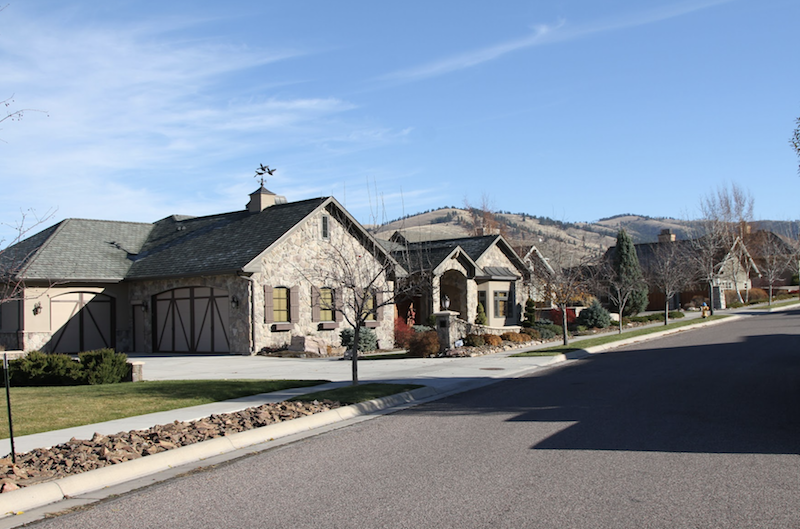
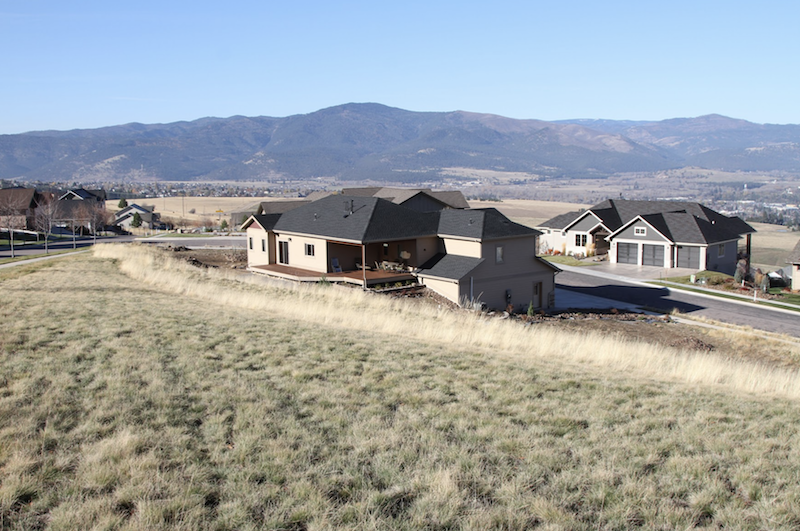
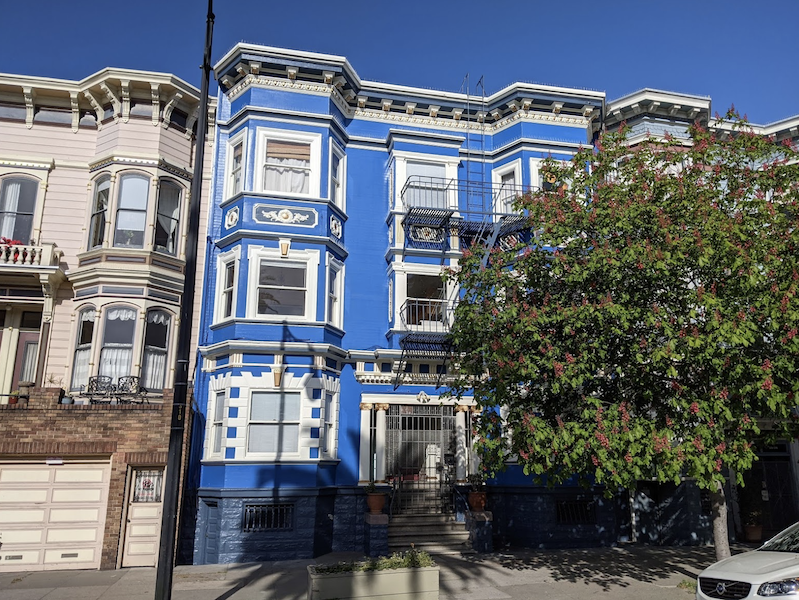
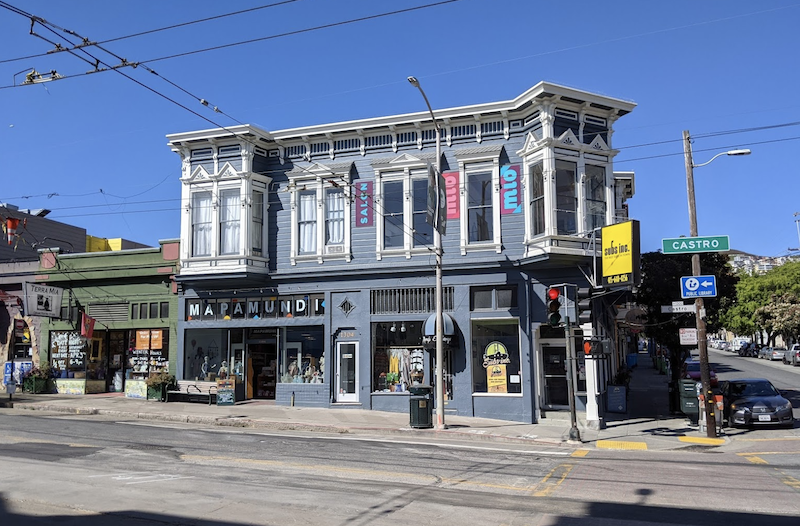
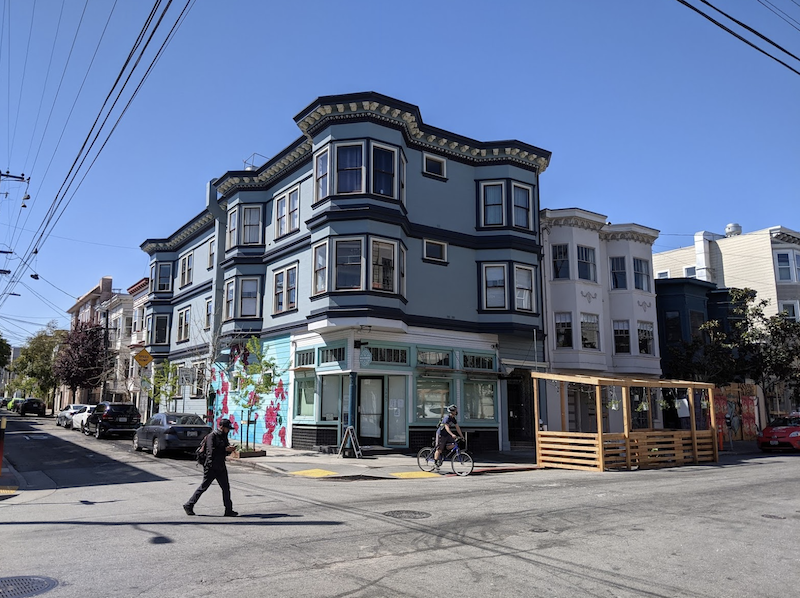
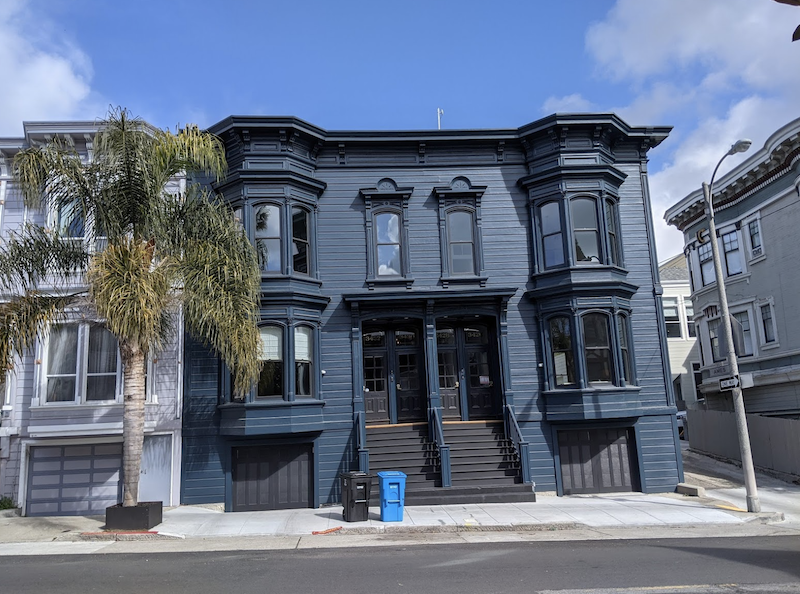
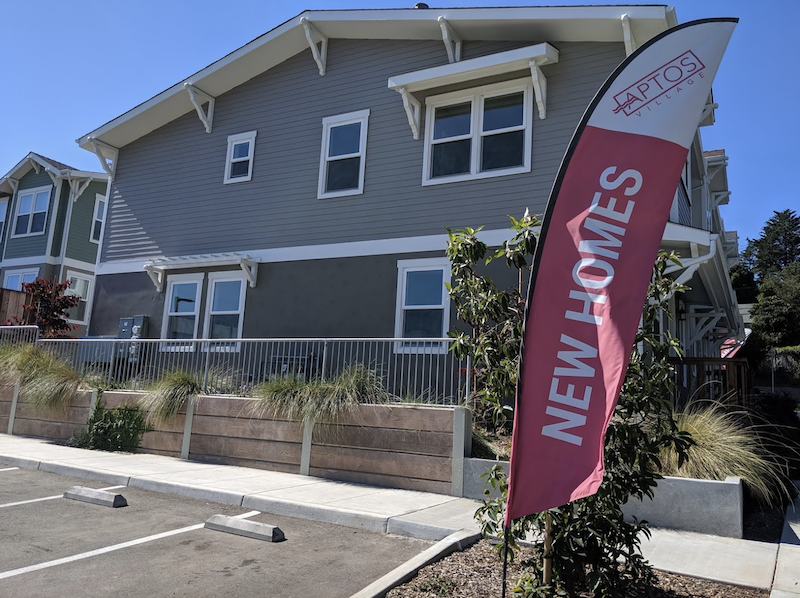
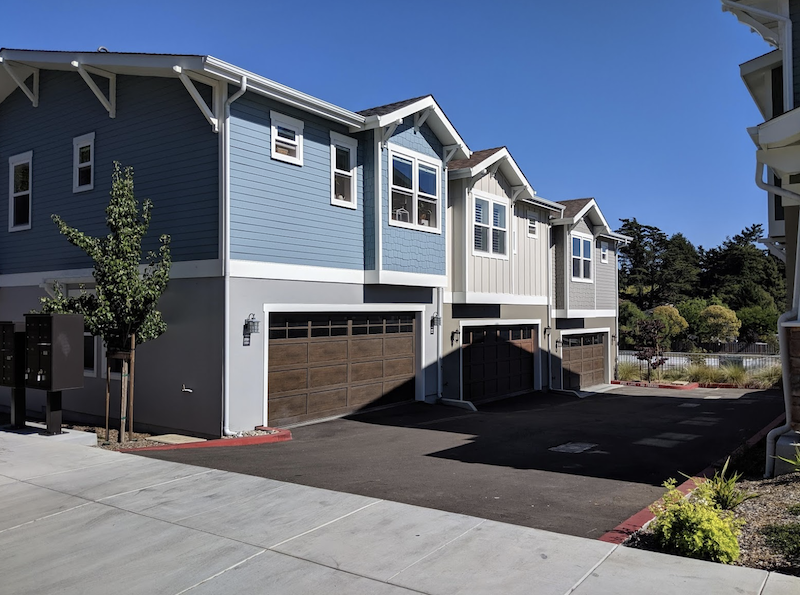

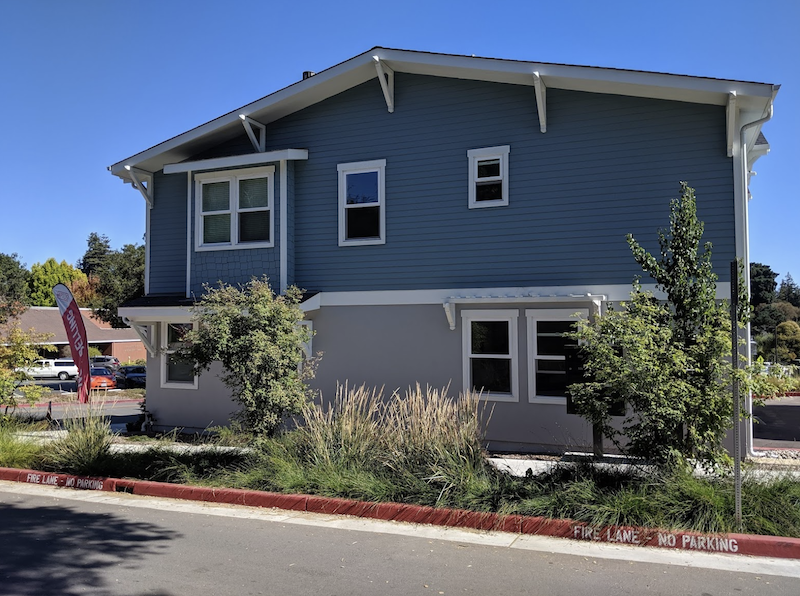



When suddenly faced with paying his mortgage alone, Noah Tang of Bloomington, Illinois, went old school. He turned his spare rooms into monthly rentals for students in his college town. This helped him make ends meet and also helped him build community.